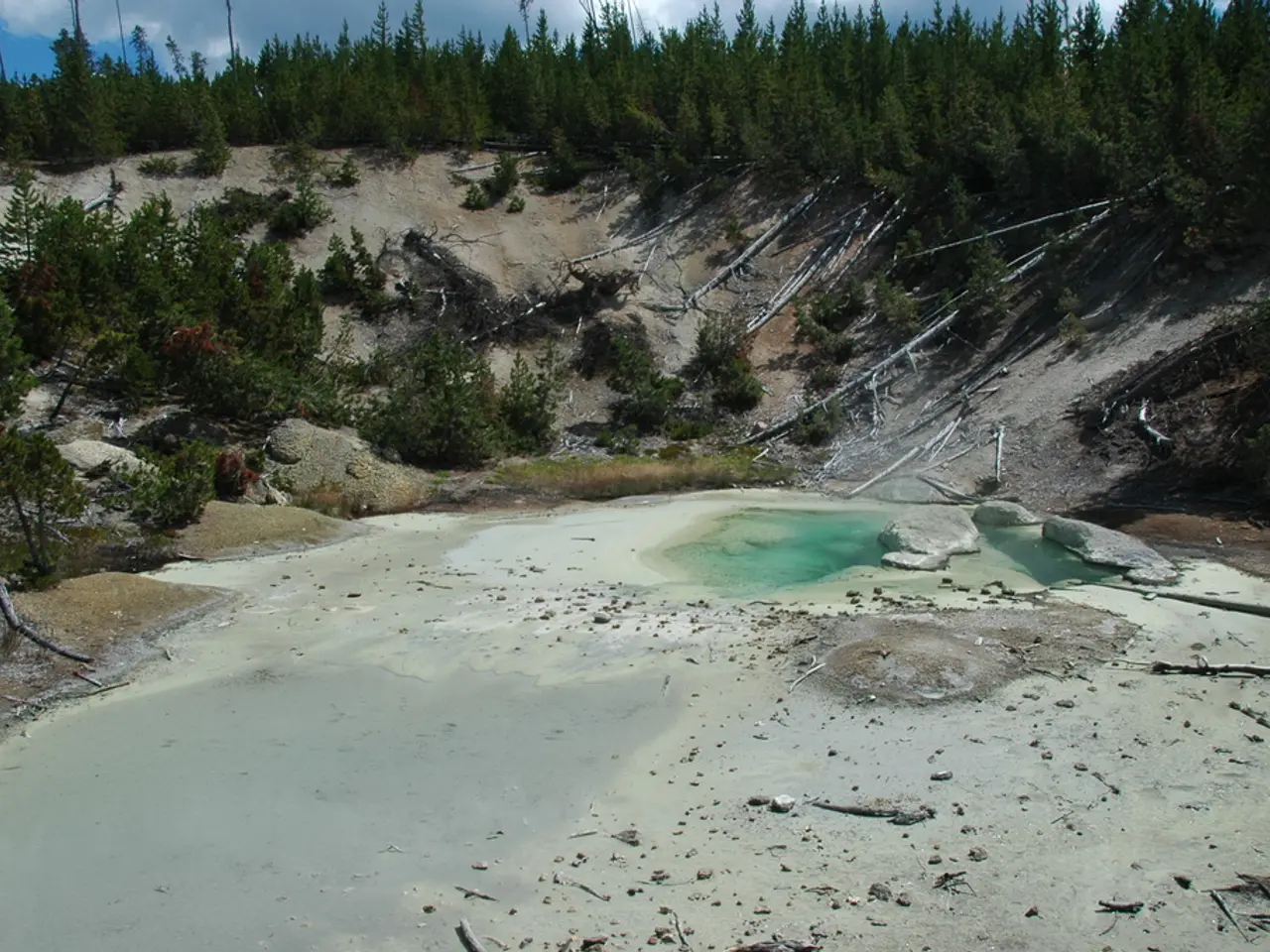Supreme Court Ruling Narrows EPA's Emission Regulation Power
The Supreme Court's recent ruling in West Virginia v. EPA has significantly reshaped the Environmental Protection Agency's (EPA) authority to regulate emissions from power plants at the national level. The decision, which invoked the 'major questions doctrine', has narrowed the EPA's scope and may impact future climate regulations.
The ruling does not entirely strip the EPA of its powers. It can still regulate emissions using traditional methods, such as efficiency improvements, cofiring with natural gas or biomass, and carbon capture at individual power plants. However, innovative approaches may face skepticism from the Supreme Court.
The ruling does not foreclose regulation of carbon dioxide emissions under the Clean Air Act but makes future regulations more challenging and costly. It also limits the EPA's ability to regulate complex sectors like agriculture or those with fewer emission reduction options.
The 'major questions doctrine' gives the Supreme Court more power to limit regulatory agency power, including the EPA's climate action. The ruling narrows the interpretation of the 'best system of emission reduction' under the Clean Air Act's Section 111(d), limiting the EPA's options for cost-effective regulation.
Notably, the ruling does not impact vehicle emission standards, which should remain on firmer ground.
The application of the Major Questions Doctrine in the context of Clean Air Act regulations has significantly limited the EPA's authority to regulate greenhouse gas emissions without clear congressional authorization. This doctrine demands explicit legislative guidance for regulations with large economic and political impact, shaping a more constrained future for U.S. environmental policy and limiting federal agencies' power to address climate change through expansive interpretation of the Clean Air Act. Achieving long-term climate goals still requires legislative action.
Read also:
- Catastrophe at a U.S. Steel facility in Pennsylvania results in the loss of two lives. crucial details unveiled
- Two 'Last Generation' Activists Sentenced for Cologne/Bonn Airport Runway Blockade
- Auto Industry Updates: Geotab, C2A, Deloitte, NOVOSENSE, Soracom, and Panasonic in Focus
- TU Braunschweig Leads at WSCC 2025: Tackling Water Security in a Changing Climate







